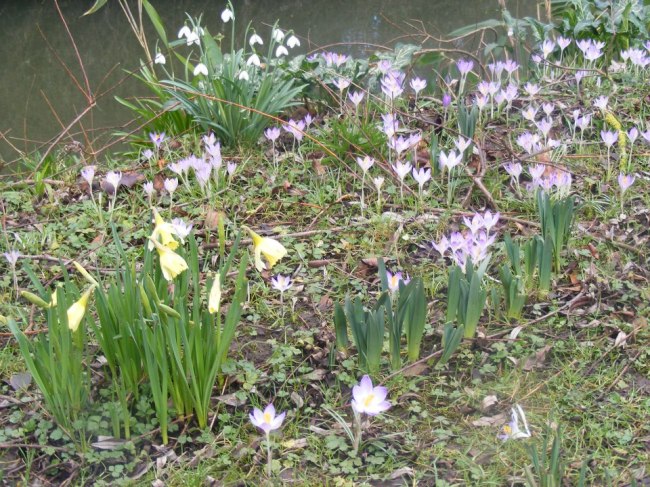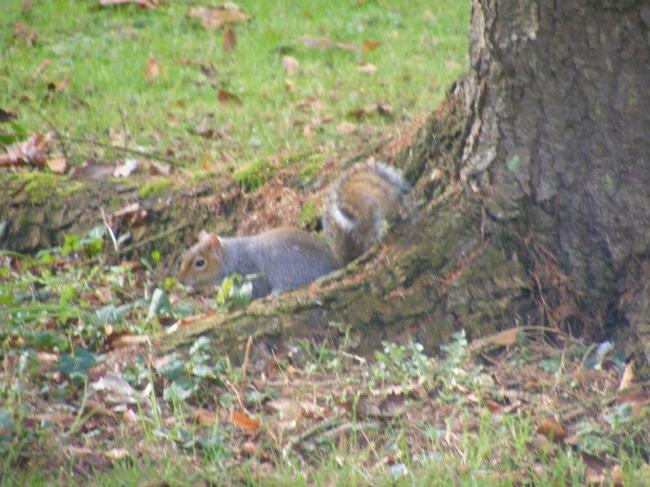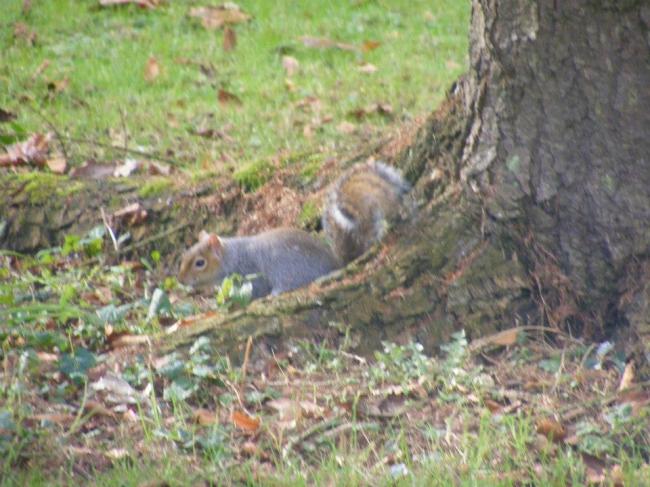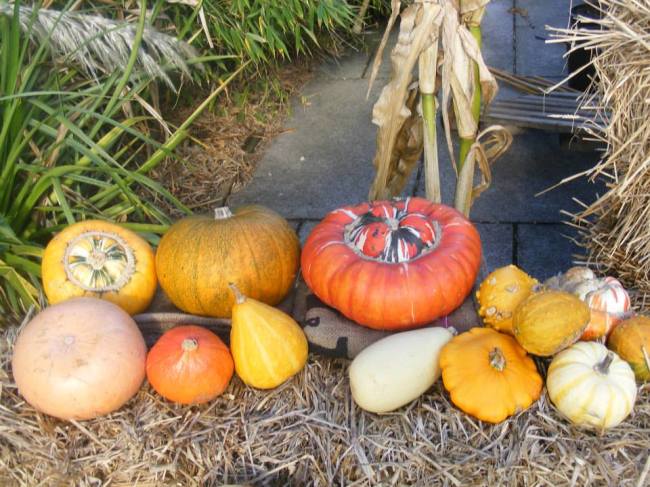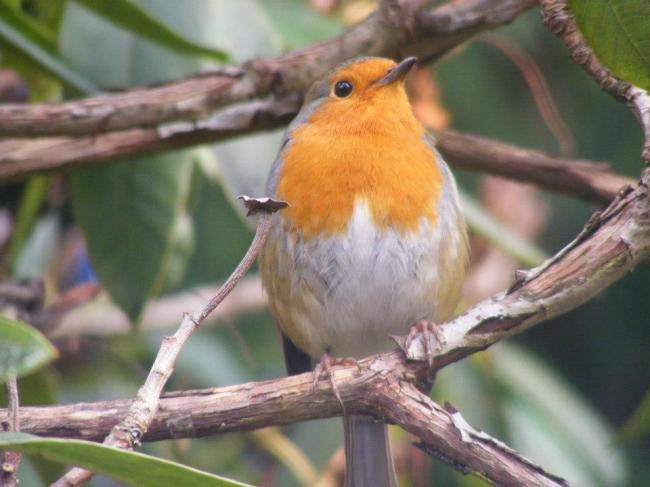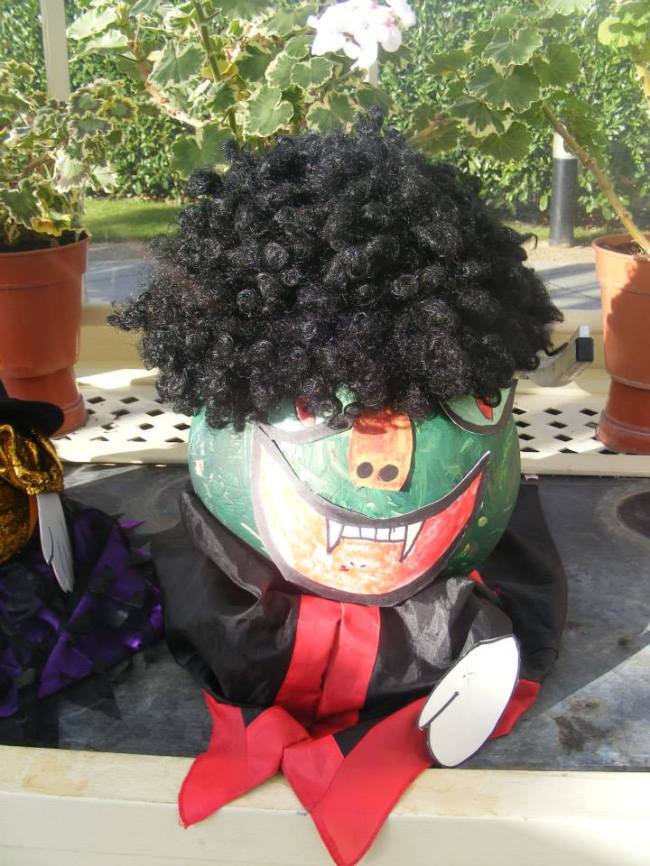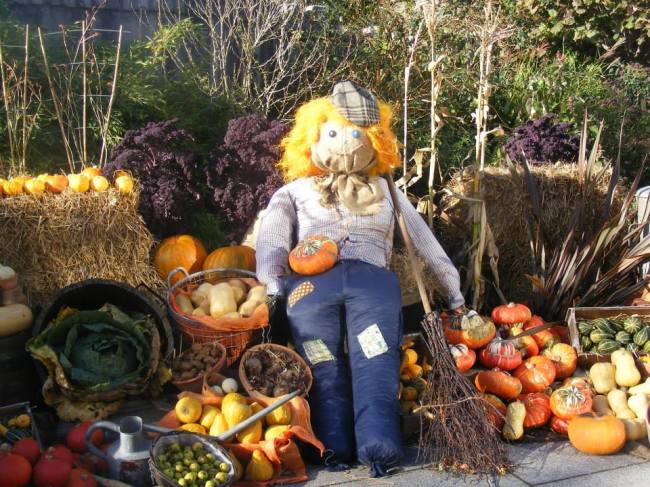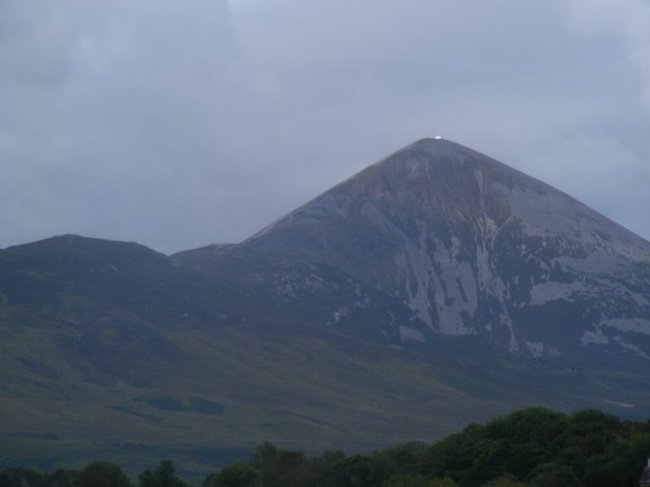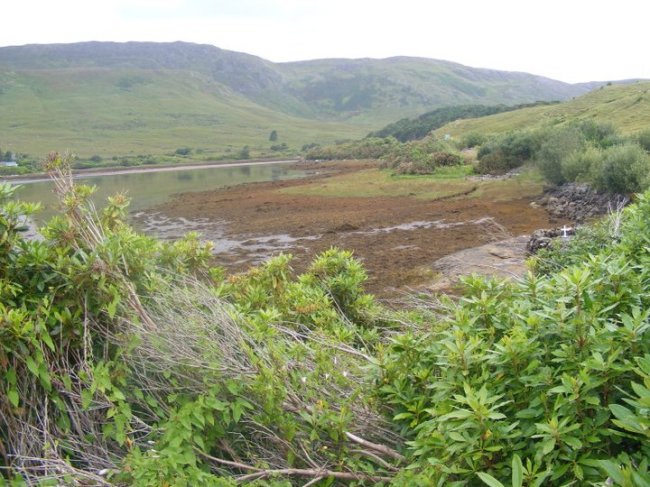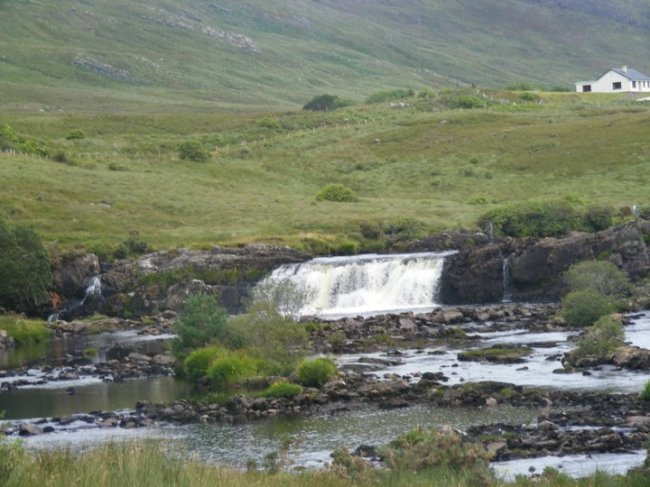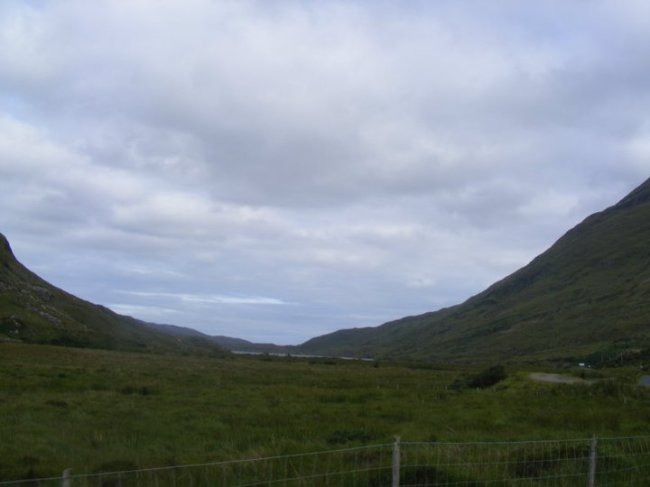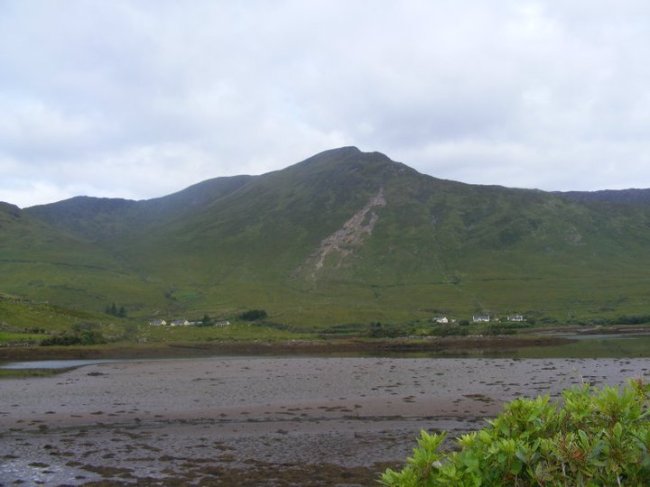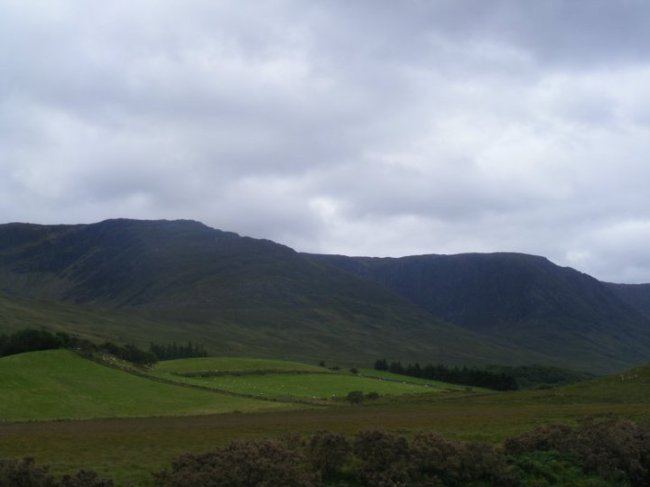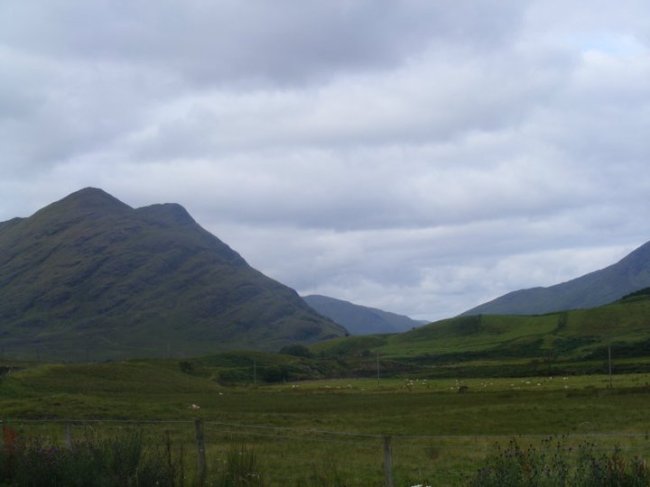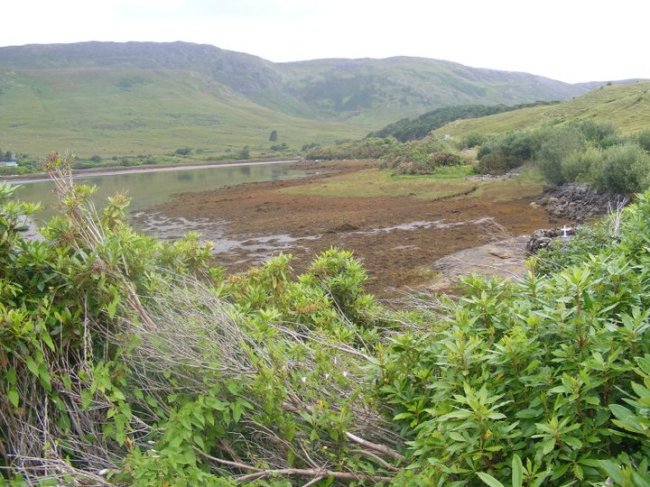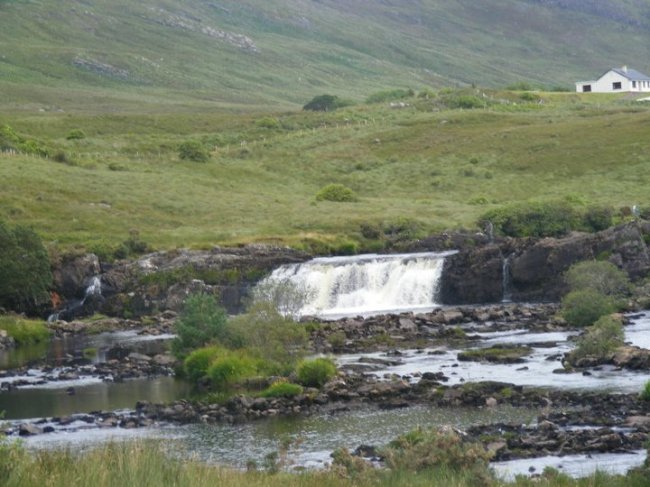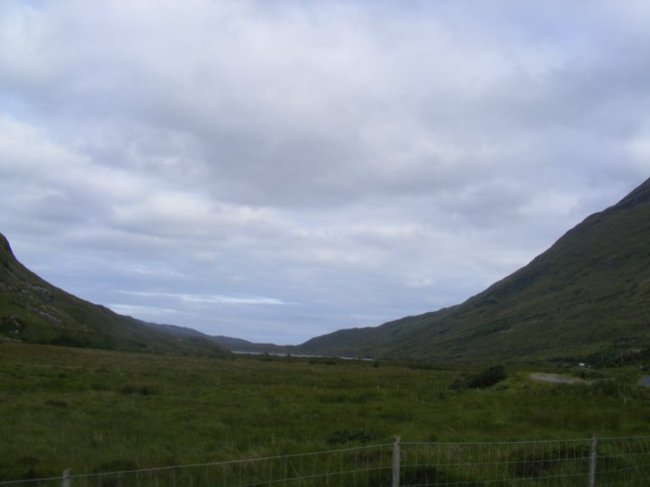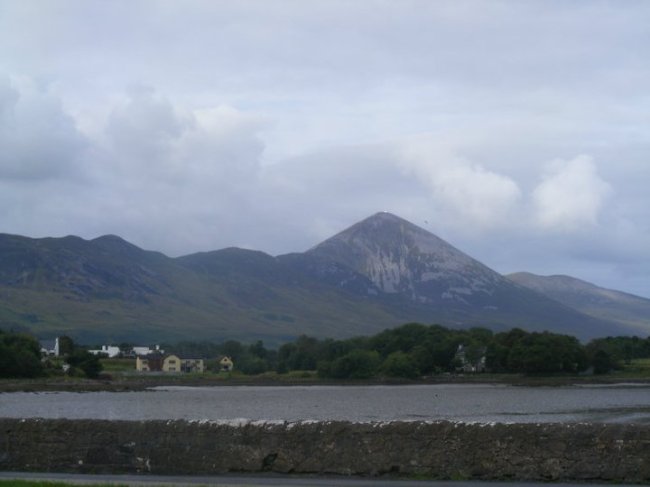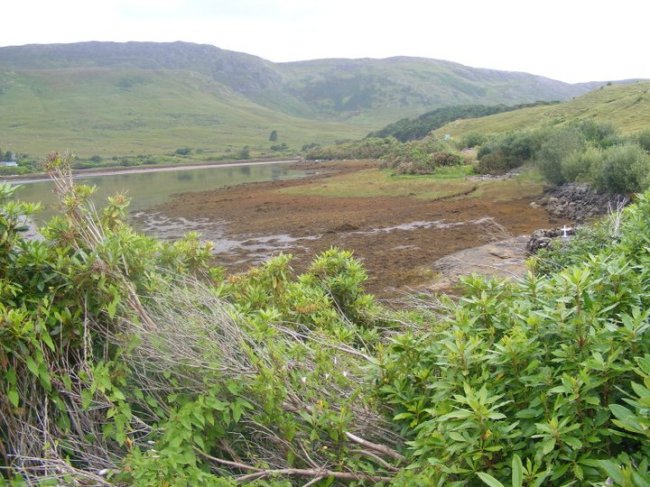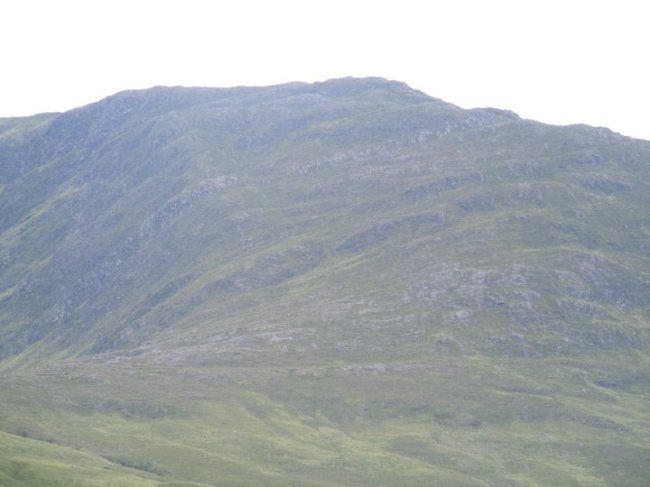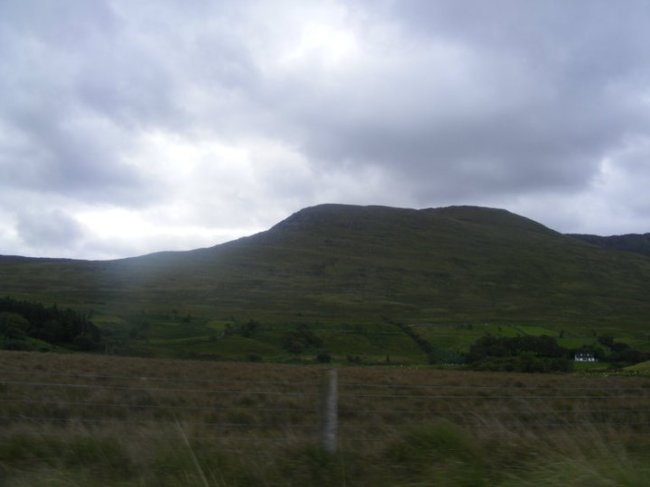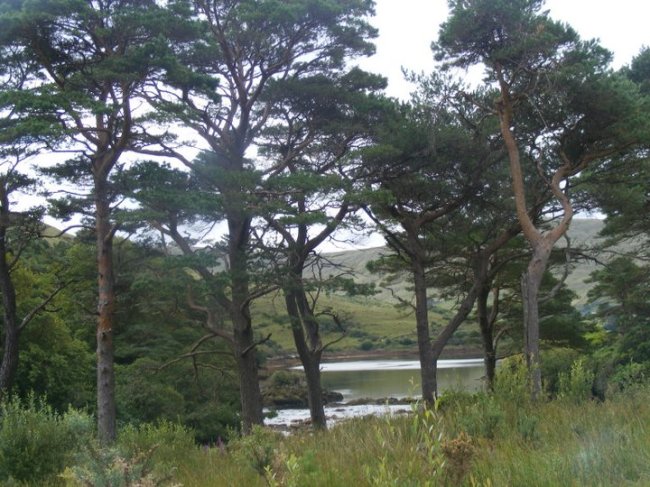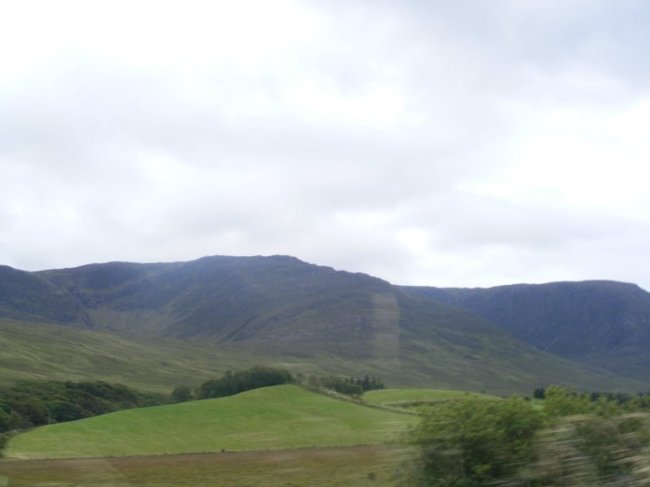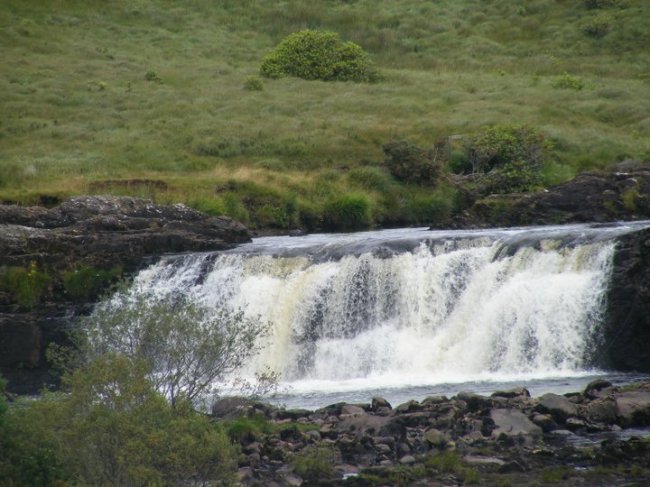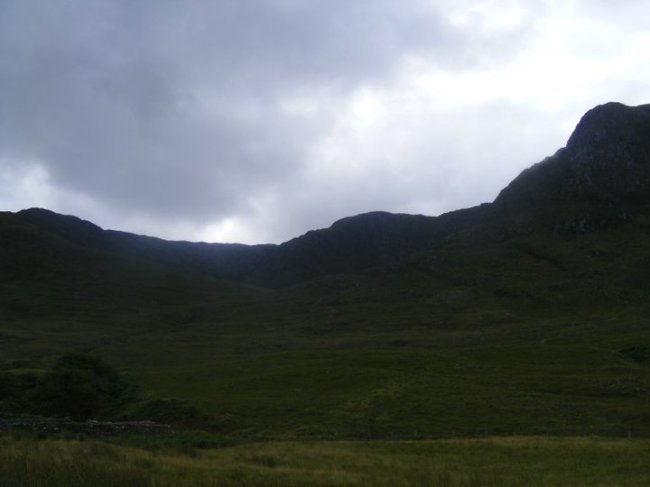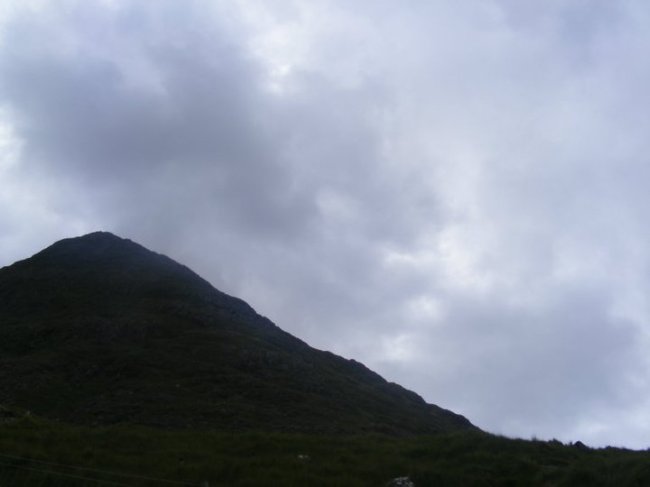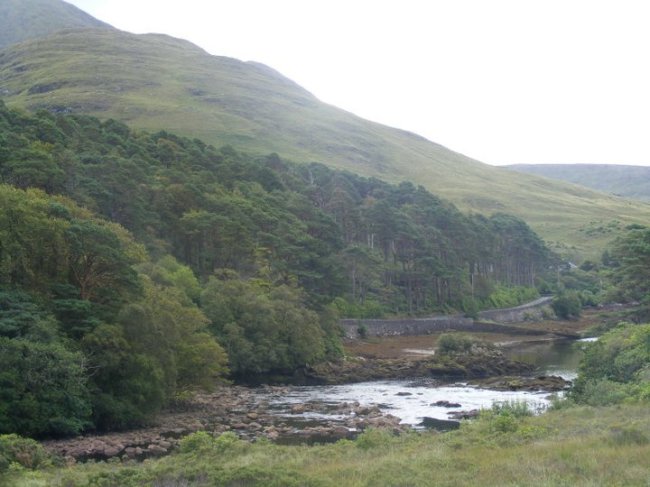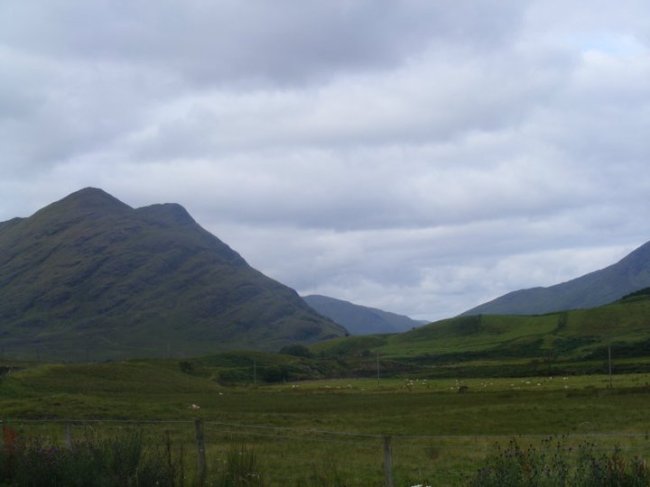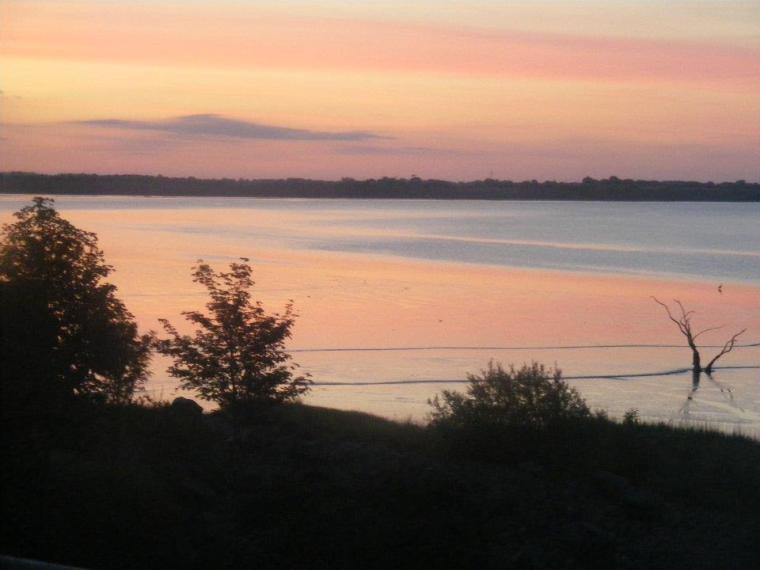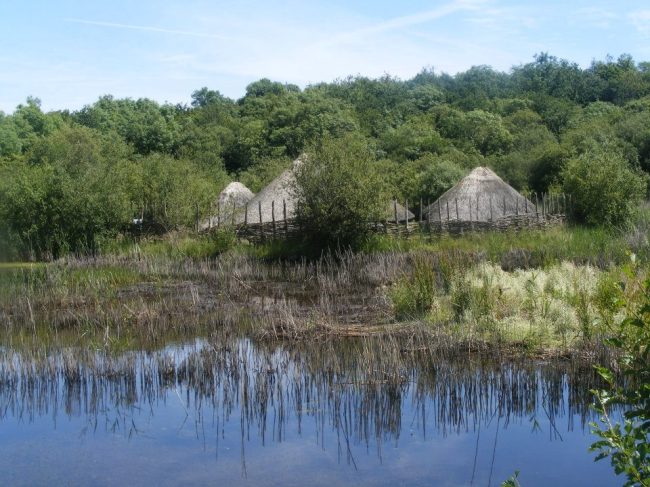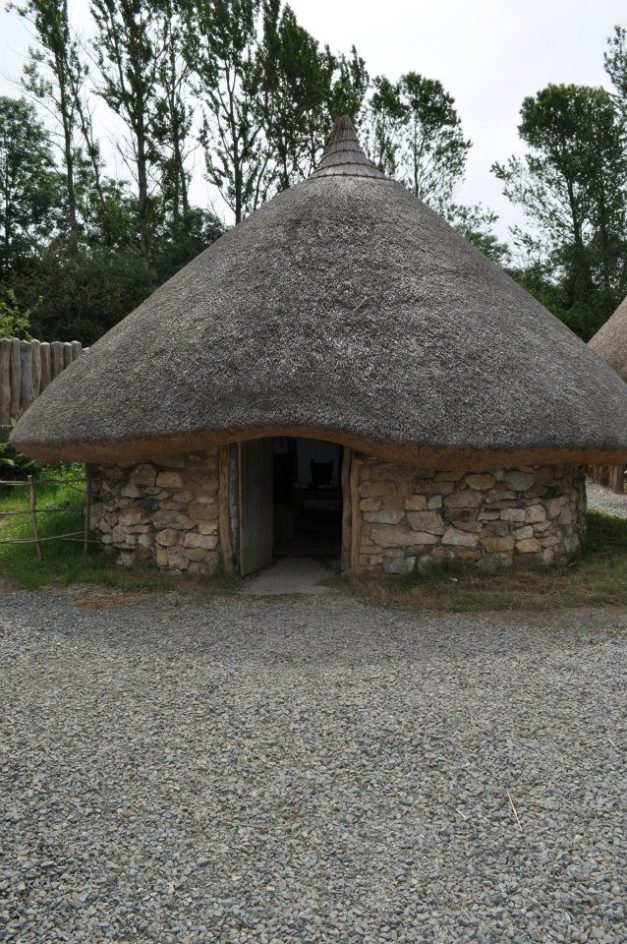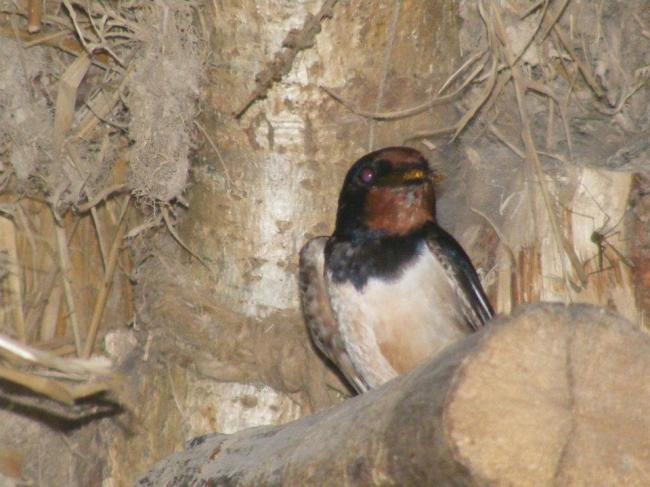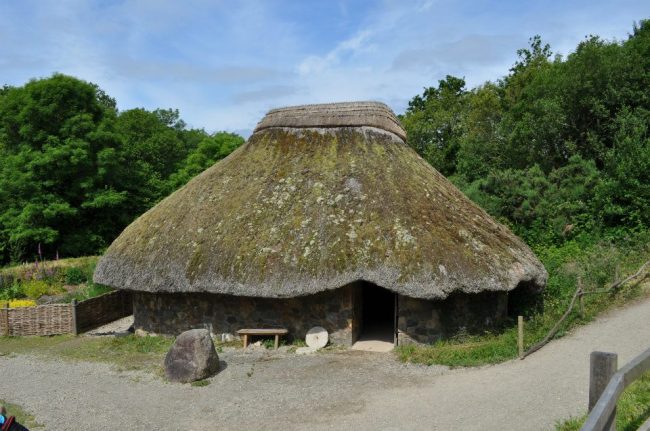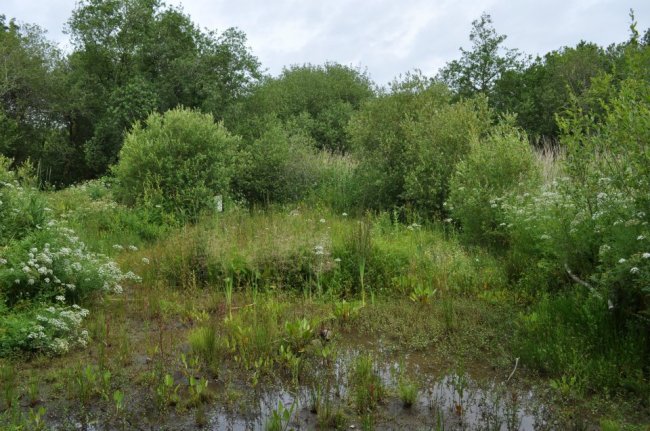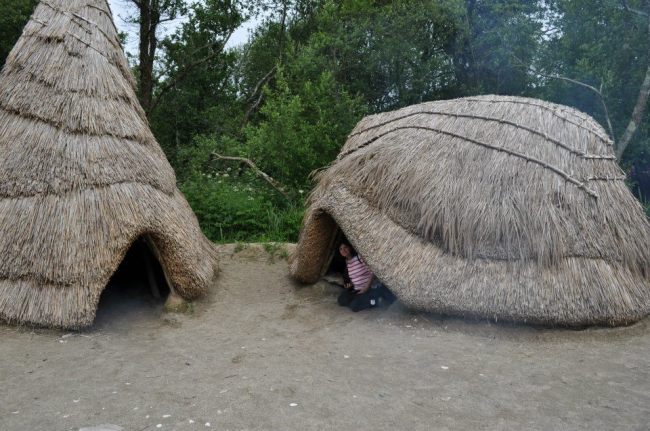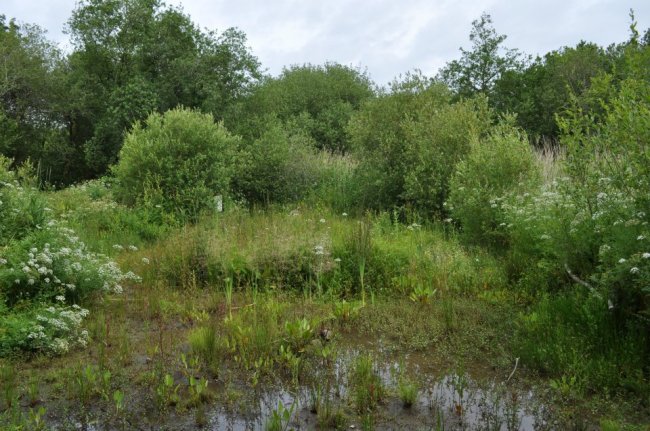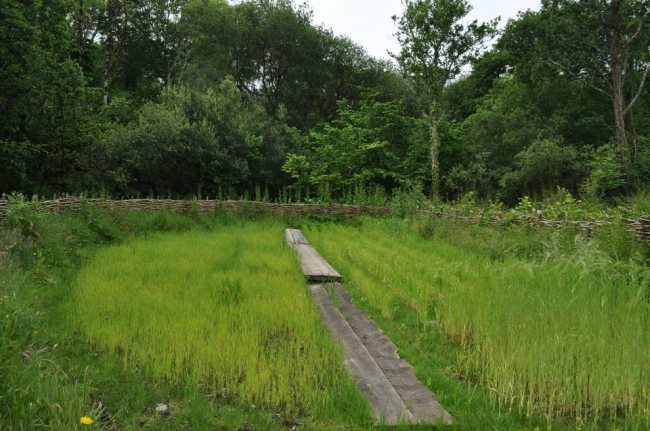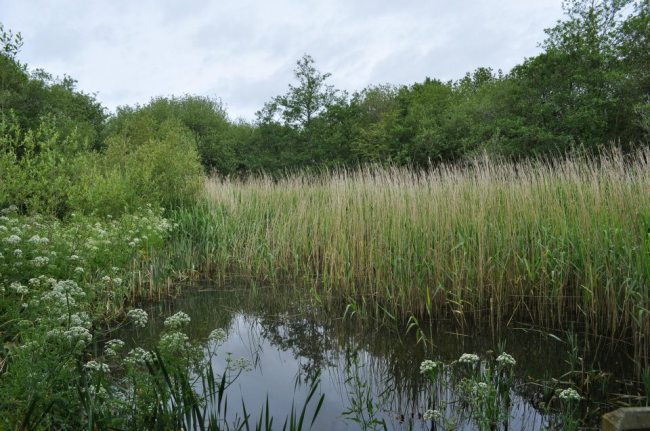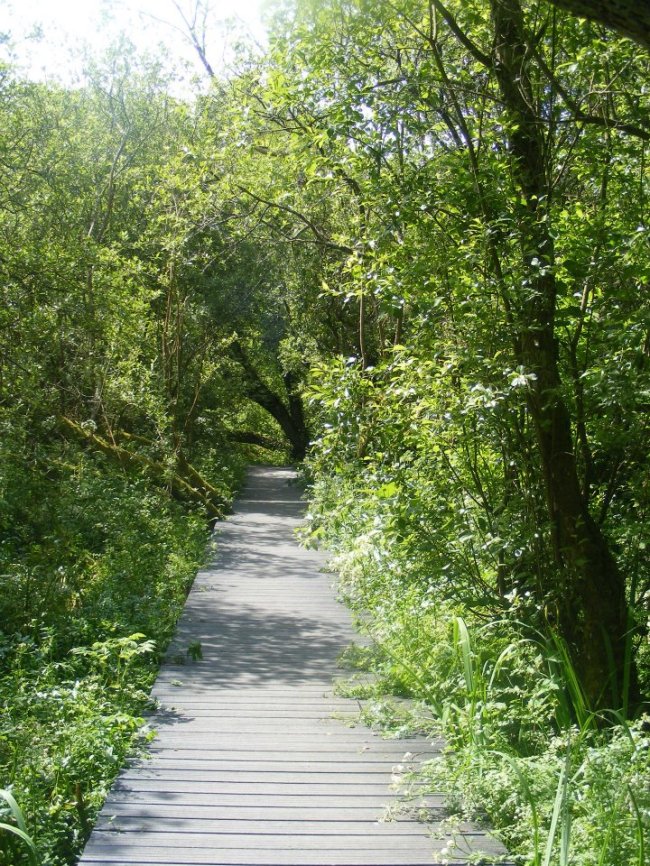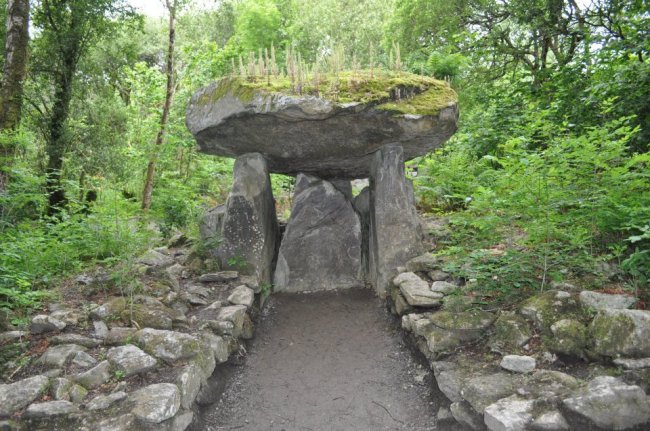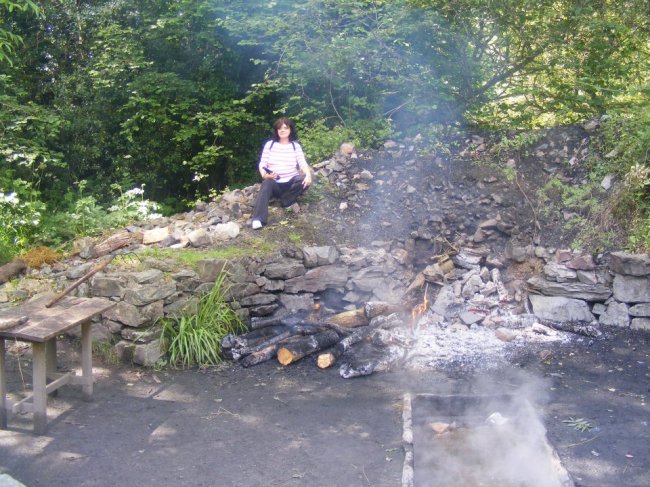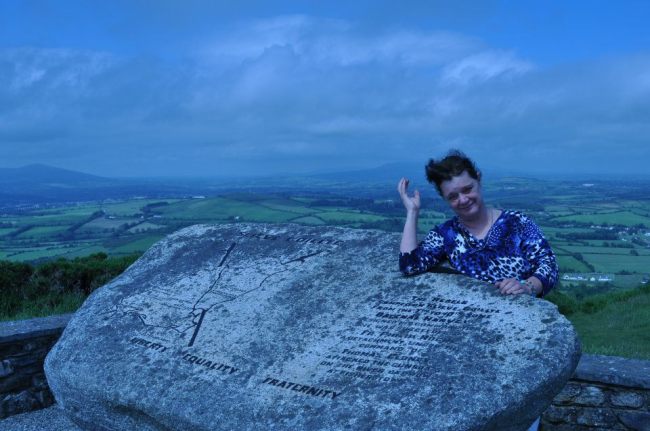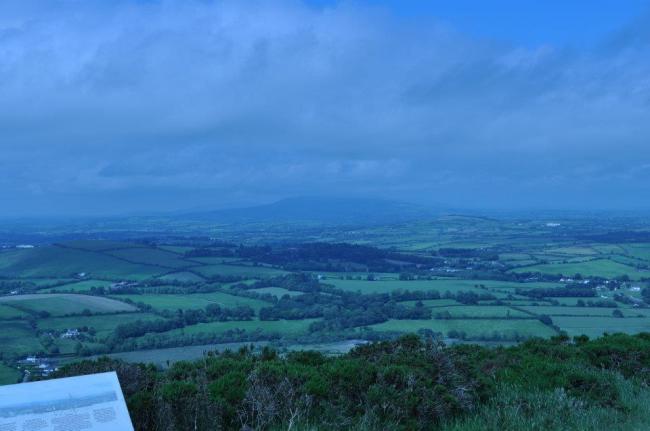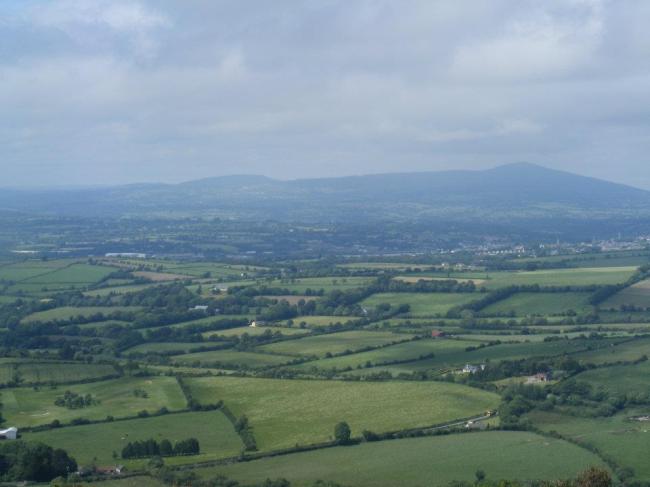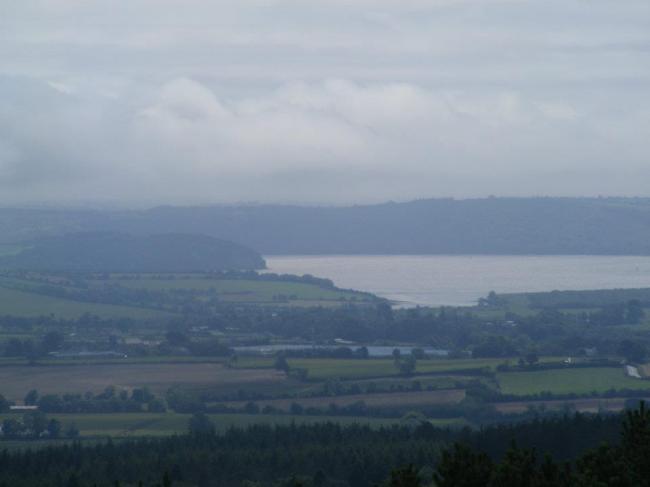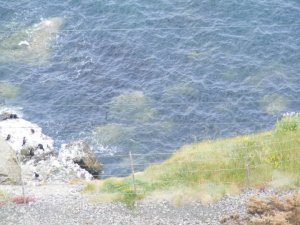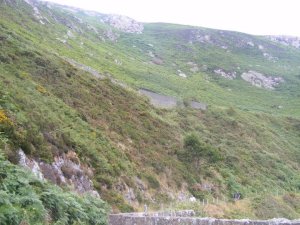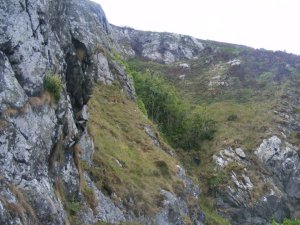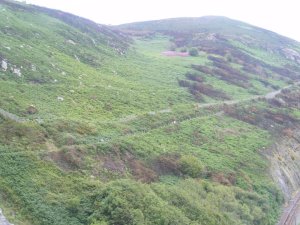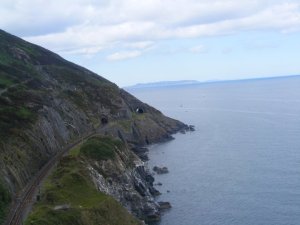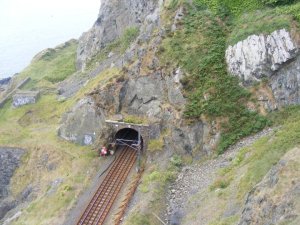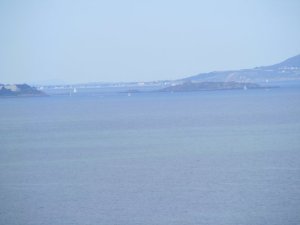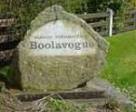 Boolavogue
Boolavogue
Of 76 priests in the Ferns diocese in 1798, at least 11 of them, including a Carmelite, fought in the Wexford Rebellion. Some were killed in battle and four were hanged later. The most famous was Father John Murphy of Boolavogue.
Farmer’s son
One of a tenant farmer’s five children, he was born near Ferns in 1753. He was educated at a hedge school and by a local parish priest, Dr. Andrew Cassin SJ, who had a great influence on him. He grew up speaking Irish and English and later learned Spanish, Latin and Greek. A splendid horseman, he excelled in athletics and handball. He was described as “a good-looking man, stout but rather low-sized and well built”.
At that time, students for the priesthood were ordained before they went to study at colleges in continental Europe, as seminaries were still forbidden by penal laws in Ireland. John Murphy was ordained by Bishop Sweetman of Ferns before leaving to study at a Dominican college in Seville in southern Spain in 1780. Sweetman was an ardent nationalist who had once been imprisoned in Dublin Castle on a charge of gunrunning.
Returning home five years later, Fr. Murphy was made curate in Kilcormuck, better known as Boolavogue, where he had a thatched chapel. Catholic churches were forbidden in some Wexford parishes by local landlords. He lodged with a tenant farmer and travelled round the parish on horseback.
Bishop Sweetman was meanwhile succeeded by Dr. James Caulfield, who held very different political views. He stated, “Loyalty to the good gracious King George III; submission to His Majesty’s government; and observance of the laws are to be a religious and indispensable duty to every Catholic.”
Campaigning for independence
Ireland was then a British sectarian colony, with political and economic power controlled by Protestants. Catholics could not even vote, let alone sit in the Dublin parliament. But influenced by the success of the British colonists’ revolt in the 1776 American War of Independence and the 1789 French Revolution, some liberal Irish Protestants began to campaign for independence from Britain and freedom for Irish Catholics. With these aims they founded the United Irishmen in 1791. The rebellion they planned for May 1798 was a failure in Dublin, where most of its leaders were arrested at the start. Elsewhere in Leinster it had little success.
In Wexford Bishop Caulfield was regarded as “a government man” and a collaborator with the British. He ordered all Catholics to surrender their arms and be loyal to George III, “the best of kings.” At first Fr. Murphy urged his people to do so. He and 757 of his parishioners even signed an oath, demanded by their local landlord, that they were not United Irishmen.
The country was then under martial law, which was ruthlessly enforced by the army with the help of two new armed auxiliary forces, militia and yeomen. Both imposed a reign of terror on the people. On 26 May, twenty-eight local men were taken into Carnew and shot dead by the yeoman. When Fr. Murphy and his people heard this and also learned that the yeomen planned a raid on Boolavogue, they decided to resist. Armed with one gun and a few pikes, he and about thirty local men intercepted the yeomen, led by a Lieut. Bookey, as they began burning the houses in Boolavogue. When Bookey and another yeoman were killed, the rest fled. The Wexford Rising had begun.
As the Wexford-born historian Dr. Tom Dunne stated recently: “The evidence for the United Irish role in the Wexford uprising remains fragmentary and is by no means enough to justify eulogising it as a United Irish rebellion.” It seems to have been more what another modern Wexford-born historian Dr. Daniel Gahan, calls a people’s rising, aided by United Irishmen.
Pikes and pitchforks
On Whit Sunday morning, 27 May, while Fr. Murphy and some local men raided a nearby arms depot and recovered arms and pikes they had previously surrendered, the yeoman burned down the chapel at Boolavogue. That afternoon, as more men joined them, about 1,000 rebels gathered on Oulart Hill. A few had guns and pikes, but most had only reaping hooks and hay forks. When attacked by a well armed force of militia and yeoman with cavalry, the rebels defeated them and captured over 100 guns.
Next day Fr. Murphy with 5,000 rebels captured Enniscorthy in a four-hour battle in which about one hundred of them were killed. Two days later, the rebel army, now grown to some 15,000 men, defeated a party of militia at Three Rock hill and captured nearby Wexford town, capital of the county. Here they released from jail Bagenal Harvey, a rich Protestant and leader of the Wexford United Irishmen. He was made commander-in-chief of the rebel army, which was now divided into three groups. One was to take New Ross and Waterford, another to capture Bunclody, and the third, under Fr. Murphy, to take Gorey and Arklow and join with rebels in Co. Wicklow.
At Tubberneering Fr. Murphy’s men defeated a strong force under General Loftus, and captured Gorey. But they failed to take Arklow, where they were badly beaten. Meanwhile, Harvey’s force of 10,000 men, armed mostly with pikes, were also defeated in fierce street fighting in New Ross in the bloodiest battle of the Rebellion. During it Lord Mountjoy, a leader of the king’s forces, was killed. The battle was followed by an orgy of atrocities by the victors that shocked even their own commanders. More than 3,000 rebels were killed during and after the battle. Bagenal Harvey now resigned as commander-in-chief and was replaced by Fr. Philip Roche, who, unwisely, told Fr. Murphy to retreat to a central camp at Vinegar Hill outside Enniscorthy.
Fierce attack
With reinforcements rushed from England, including German mercenaries, General Lake, commander of the British forces, launched a fierce attack on the rebels here. His 20,000 soldiers, supported by artillery, defeated the poorly armed rebels in this last big battle of the Rising at Vinegar Hill on 21 June. About 500 rebels, among them Fr. Murphy’s brother Pat, were killed. Lake took no prisoners and shot every wounded rebel captured. The Enniscorthy courthouse, used as a hospital, was burned down with its 80 wounded rebels.
Still expecting help from France, Fr. Murphy and about 3,000 men who escaped next set off on a long march to the midlands, where they hoped to find large numbers of rebels to join them. Marching 80 miles in three days in the hottest summer of the century, on 24 June they captured Castlecomer, Co. Kilkenny, though at the loss of 100 men. But apart from a few miners, who joined and later deserted them, there were no rebels to help them. “We have lost,” Fr. Murphy now admitted. “We will go home to Wexford to meet our fate.”
On the way back he and a companion, James Gallagher, were separated from the main group in dense fog. At a friendly house near the Blackstairs Mountains he celebrated his last Mass. Tradition has it that he also secretly met Bishop Delaney of Kildare and Leighlin in Tullow, Co. Carlow, on 2 July. Later that day the two men were captured by yeoman and brought to General Duff’s headquarters in Tullow. They were summarily “tried,” found guilty of being rebels and sentenced to death. On searching Fr. Murphy, the soldiers found a stole, pyx and a vial with holy oils for the last rites. So they knew he was a priest, but even when mercilessly tortured neither man revealed their identity. Both were hanged in the market square in Tullow. The yeomen cut off Fr. Murphy’s head, put it on display on a spike and burned his body in a barrel of pitch. And so the obscure country curate, whom Sir Richard Musgrave in his 1801 biased history of the rising compared to Attila and Genghis Khan, was executed without being identified by his enemies.
The five week Wexford Rising was one of the bloodiest periods in Irish history. It is estimated that more than 30,000 people died in that short time, during which the British forces captured 79,630 pikes and 48,109 guns. Besides arms and ammunition, the rebels badly lacked competent leaders and trained troops.
Atrocities on both sides
As in most wars, atrocities were committed by both sides. On 6 June about 100 people, mostly Protestants, including women and children, were massacred by rebels at Scullabogue. “It was not rebel policy to commit atrocities,” says the historian Prof. Thomas Bartlett. “Those that did occur were denounced by the leaders. On the government side, however, the army generals encouraged their militia to commit atrocities. General Lake gave the order to take no prisoners, which really meant a licence to kill.”
The main torture used by the government soldiers was the pitchcap. Boiling pitch was poured into a cone, which was then pressed down on the victim’s head. The boiling liquid ran down into his eyes and mouth, and when the soldiers pulled the pitch cap off, his hair and most of his scalp came with it.
The British Viceroy Lord Cornwallis wrote privately to General Ross on 24 July: “The yeomanry are in the style of the loyalists in America only a thousand times more ferocious. They now take the lead in raping and murder. The militia follow closely in murder and every kind of atrocity.” General Sir John Moore, later of Corunna fame, wrote in his diary of “the violence and atrocity of the yeomen, who committed the most unpardonable acts.” And Count Hompech, commander of the German mercenaries, who were notorious for their rape and slaughter of women, stated that 25,000 rebels were killed in cold blood after the fighting ended.
Bishop Caulfield denounced Fr. Murphy and the other priests who took part in the Wexford Rising as “obnoxious beasts and reptiles.” Scarcely the most gracious sentiment, even from one so loyal to “the good gracious George III, the best of kings.” .
